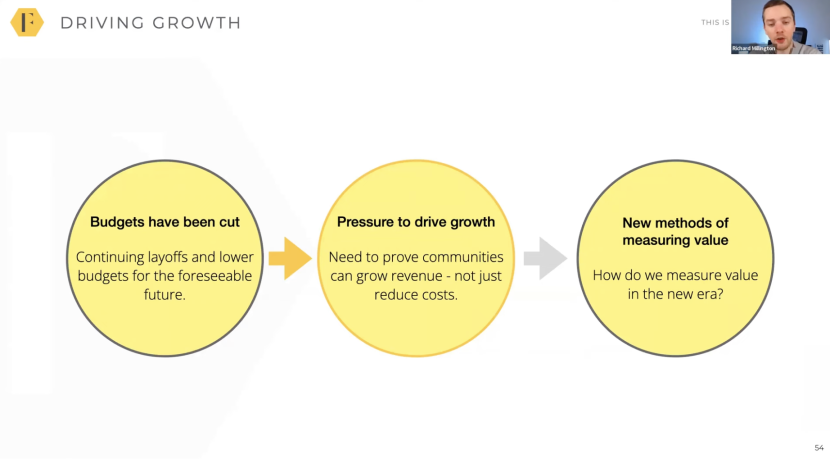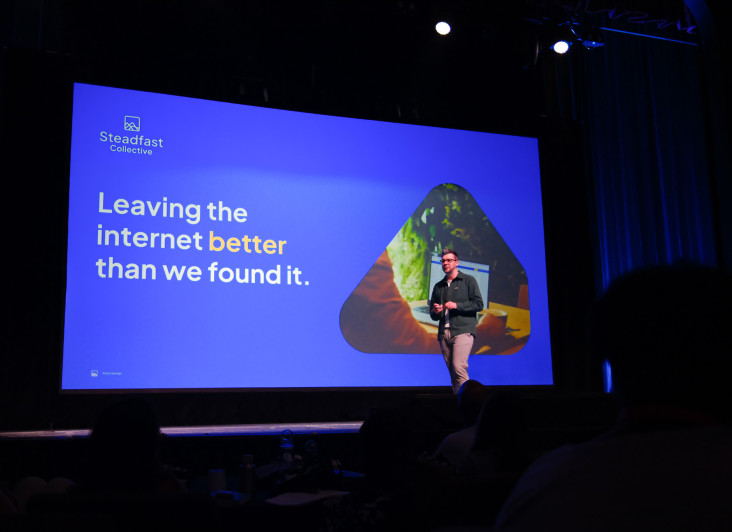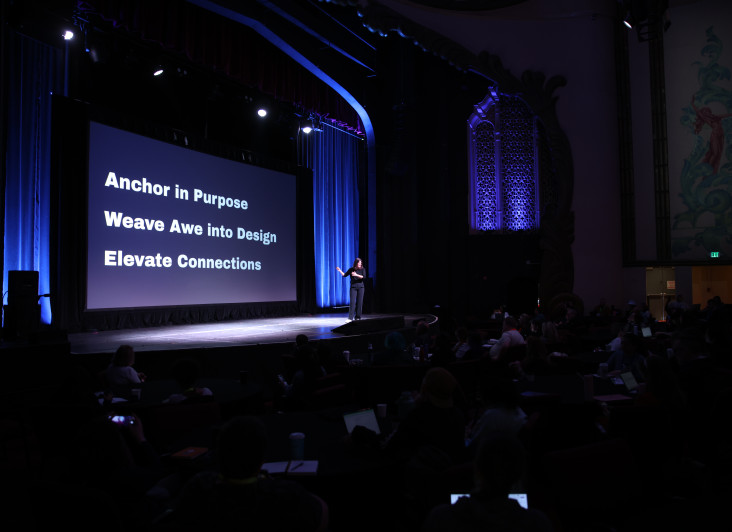Everything we've learnt from Millington's 2024 Community Talk - Part 2

In Part 1 of our learnings from Richard Millington’s insightful 2024 Community Talk, we delved into what AI means for the online community space in 2024 (if you’ve not read it yet, check it out here!).
For those who want the TL;DR version before we jump into the second part, we concluded that:
AI implementation is inevitable in online communities.
Community members will likely ask super users fewer FAQ-style questions due to AI bots.
AI won’t replace super users but could, in fact, enhance their credibility as their contributions become more valuable.
AI should be integrated where it provides the most value to your community, from automation to data insights.
Today, we’ll focus on the second half of Millington’s talk, where he spoke about the nature of communities and strategies to drive growth through social proof.
What is 'Community Everywhere'?
Millington refers to this period as the ‘Community Everywhere’ era, explaining that community is everywhere people choose to engage with each other.
What this means is that we have to have a member-first approach towards communities rather than a platform-centric approach.
Adapting to member preferences
Consumer preferences are constantly changing, and that can be seen in how we experience community today. As ‘Community Everywhere’ suggests, digital communities can no longer thrive on one platform alone.
In the past, community platforms attempted to satisfy every member's needs. It wouldn’t be out of place to see a single platform offer support, learning, events, entertainment, and more.
Instead, what we’re witnessing today is communities dispersed across the digital ecosystem.
For example, a fitness brand may have:
Customer reviews on their website for their branded clothing
An app to track fitness progress and receive personalised training programmes
In-person fitness classes where members mingle, become friends, and start a WhatsApp group or similar
A learning hub for health and nutrition tips from experts
Some of these communities will be controlled by the brand and others won’t.
This is becoming a more common approach to online communities, with 76% of consumers saying they prefer different channels depending on the content.
It’s less about convenience and more about finding the best solution for a specific goal.

Consider the following:
Microsoft 365 offers everything you could possibly need for your day-to-day work life: documents, emails, notebooks, video calls, messaging etc. And yet very few people will use all of these features.
What we’re more likely to see are consumers venturing to different platforms that specialise in each area. For example:
Documents: Google Docs
Emails: Outlook
Notebook: Notion
Video calls: Zoom
Messaging: Slack
Moving away from the convenience of all-in-one platforms reflects the diverse preferences and engagement patterns of modern consumers.
You might (quite rightly) be thinking:
If the goal of communities is to bring people together, how do you achieve that when your community is scattered across multiple platforms?
The answer lies in the power of presence.
For online communities to succeed in 2024, community leaders need to stop thinking of their community as a single destination and instead map out their digital ecosystem. While gathering your community is important, you must also engage where your community gathers.
It’s about being adaptable and ensuring your approach evolves alongside the ever-changing consumer expectations.

The challenge of growing communities
According to the Digital Community Leaders Survey Report, the top challenge community leaders currently face is community growth and participation.
Many communities are also dealing with tighter budgets and layoffs, meaning community leaders are looking at a future where they need to achieve more with less.
As community members continue to spread across multiple platforms, community leaders need to be more deliberate in how they drive growth. Millington believes one of the best ways community leaders can do this is to encourage more member ratings, reviews, and testimonials.
Social proof
Social proof speaks volumes in online communities. The validation and authentic content from other members is key to improving community growth.
When community members post social proof on your behalf, it creates a trust-building ripple effect. People naturally gravitate towards what others endorse, and they don’t want to miss out on what others are experiencing.
We would recommend starting with the following three:
Testimonials
Testimonials from satisfied community members about their experience inside the community can do wonders for your growth. Testimonials provide potential or new members with a look at what they could have if they joined and participated in your community.
Gathering testimonials doesn’t need to be difficult. Community managers can reach out to active members, offer incentives, or use automated surveys.
User-generated content (UGC)
Organic content created by real community members helps brands connect with prospective members. In fact, consumers are 2.4x more likely to say UGC is authentic compared to brand-created content. This trust can significantly lower the barrier to entry for new members.
Additionally, the more you encourage your community members to create UGC, the more they will feel invested in the community. There will be a sense of pride, ownership, and belonging with their content, helping to keep them active and ensuring regular engagement.
Reviews
Transparent feedback from users can guide others in their decision-making process. Reviews can also build trust by showing that the community values member feedback and honesty.
Community leaders can obtain these pieces of social proof by creating a fair value exchange for community members. Spend time reviewing your engagement strategies to uncover how you can reward members for their participation within the community.
Tools like the participation ladder can help you identify and implement these rewards, helping to keep members feeling valued and motivated to regularly contribute.

How do you prove the value of your community?
Millington reminds us that there isn’t a standardised way of measuring the value of online communities, and the rise in data restrictions will likely make this even harder.
As a result, the future of community metrics will probably focus more on attitude changes and long-term impact rather than short-term activity.
Two potential approaches highlighted by Millington are:
1. 'Quick and dirty' methods
This involves using simple metrics similar to the Net Promoter Score (NPS) to quickly gauge community value. While this data is not perfect, these methods can provide a snapshot of community health that can be scaled up to represent the entire community.
2. Forecasting and trend changes
A more sustainable approach involves looking into your community goals and growth predictions, and measuring how the community affects these goals. By examining how community activities influence forecasted trends, community managers can demonstrate the true impact of their efforts.
Engage and nurture your community
Millington’s talk encourages us to think about how we engage and nurture online communities in 2024. There is a high demand for meaningful, omnichannel, and personalised community experiences, and community leaders need to be willing to adapt to these expectations in order to grow.
Steadfast Collective helps organisations create community-focused websites and applications. If you’re looking to build or improve your online community, get in touch with our team today.
More Articles

Can you track it?
Every budget is being put under the microscope right now, and quite right too.

When to Build Your Own Membership Platform (and When Not To)
I’ll let you in on a secret, not every membership organisation needs a bespoke membership platform.

Design for AWE
Anchor. Wonder. Connection. The blueprint for unforgettable memberships.

